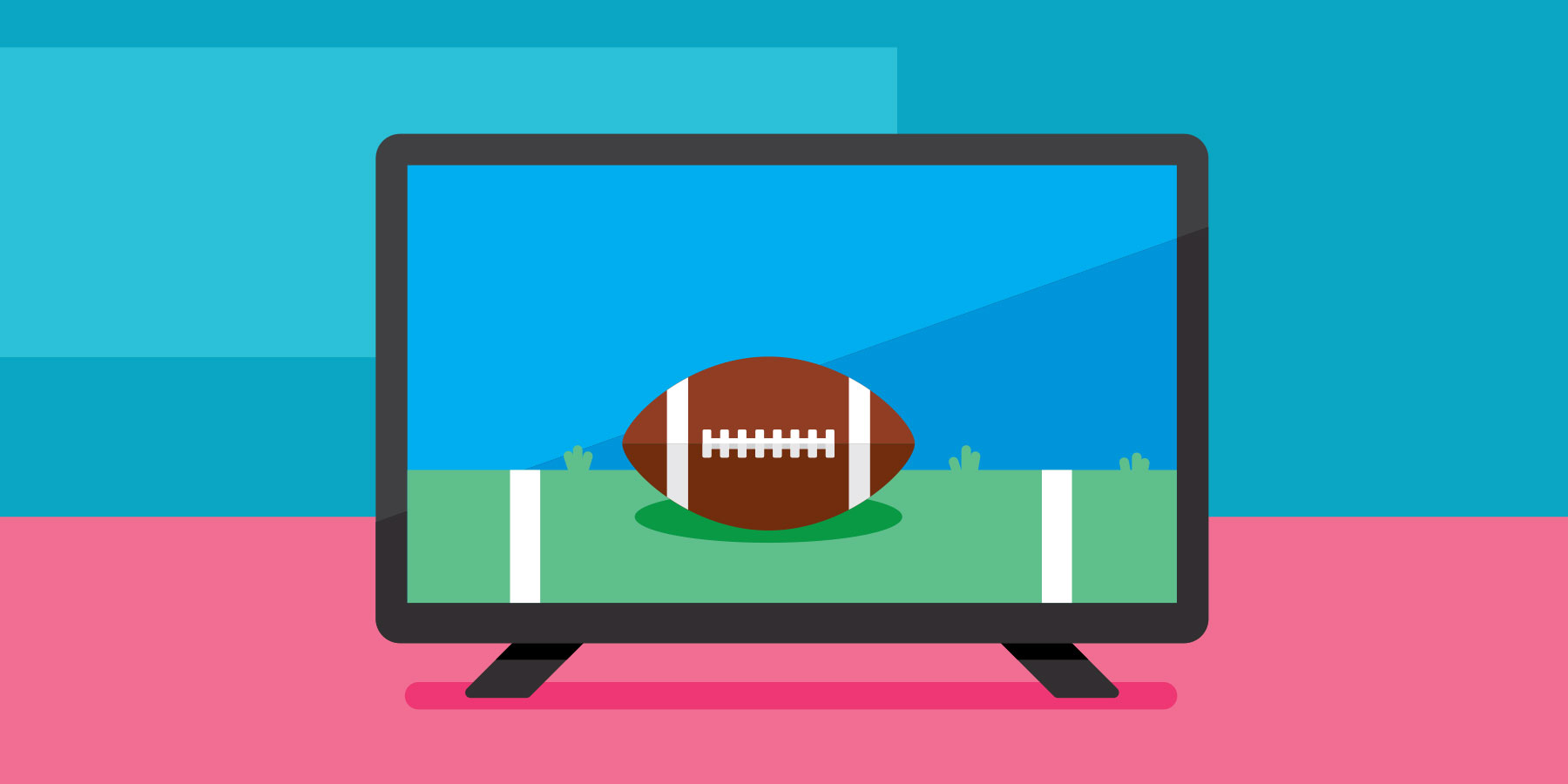So in the spirit of truly ranking the impact of 2019’s slate of Super Bowl ads, here are the winners and losers, according to Dr. Zak’s neuroscience study. The higher the immersion score, the more likely someone is to take an action or make a purchase. T-Mobile: “We’ll Keep This Brief” & “We’re Here for You” T-Mobile aired four different commercials during the broadcast, one per quarter. The first quarter commercial ranked 20th in immersion, and the third quarter spot came in at eight. Putting famous people together isn’t a good creative strategy on its own, especially if those people have nothing to do with each other. That same day, they found out they had the top album in the country for the first time since 2000. That spot came in at 81st out of 86 for immersion. The company paid for two ads that finished fifth-last and dead last in immersion. For those who watched, the commercials seemed out of place. WeatherTech’s one creative flourish was including a cute dog in “Scout,” but that didn’t mesh with the tone or content of the clip.
On Super Bowl Sunday, 33 people sat in a California bar watching a boring football game. Some watched intently; some focused on their food and drink. These weren’t ordinary fans, though. They had been recruited by Dr. Paul J. Zak, the director of the Center for Neuroeconomics Studies at Claremont Graduate University, to partake in a study about Super Bowls ads.
For the entire game, each person watched the broadcast with a band wrapped near the crook of their arm. The sensor, created by Dr. Zak’s company Immersion Neuroscience, is called the INBand. It measures the neurochemical oxytocin, which scores how immersed people are in stimuli like movies, TV shows, and Cardi B Pepsi commercials. According to Dr. Zak’s research over the last decade, higher levels of oxytocin increase empathy, help people recall information accurately, and encourage them to take action. For a brand spending $5.25 million just on airtime, that has huge implications.
Dr. Zak’s goal is to separate opinion from objectivity. “Feelings are flimsy,” he told me a few days before the Super Bowl. “I don’t really care that you like an ad. I don’t care about good. I care about impact in the marketplace. And if something has a big enough impact on your brain, it’ll have an impact in the marketplace.”
That’s an important goal because most of the discussion about Super Bowl ads gets stuck on arbitrary creative preferences. Publications like Adweek, Ad Age, The New York Times, and even CNN wasted no time throwing up their immediate takes on the best and worst spots of the night. USA Today posts data from its long-running Ad Meter, which may be a bit closer to the truth, but that’s still just a compilation of people rating ads on a scale of 1-10.
But to Dr. Zak’s point, just declaring something “good” doesn’t make it so. In my opinion, the best Super Bowl ad of my lifetime is “The Force,” Volkswagen’s spot from 2011. It’s cute, clever, economical, and connects to the product. It includes a distinct beginning, middle, and end. There’s no dialogue, which gives it a refreshing simplicity. I’d easily rate it a 10, but I can assure you, I have absolutely zero desire to buy a Passat after watching it, mostly because I never plan on buying a Passat.
So in the spirit of truly ranking the impact of 2019’s slate of Super Bowl ads, here are the winners and losers, according to Dr. Zak’s neuroscience study.
A brief methodology
The INBand registers a few different scores:
Immersion Quotient (inQ), the most important metric here, calculates how immersive an experience is to someone. The higher the immersion score, the more likely someone is to take an action or make a purchase.
Peak Immersion Experiences (inP) looks at the length and depth of the immersion. As Dr. Zak told me, “It correlates with memorability.”
The 33 people picked by Dr. Zak represent different ages, races, and genders. Per Immersion Neuroscience, the predictive accuracy of inQ ranges from 82 percent to 95 percent, depending on the experience and the outcome measure.
The Winning Super Bowl Ads
Mint Mobile: “Chunky Style Milk”
…

COMMENTS